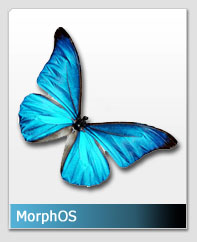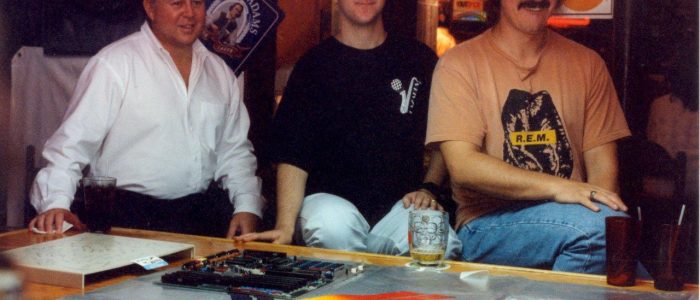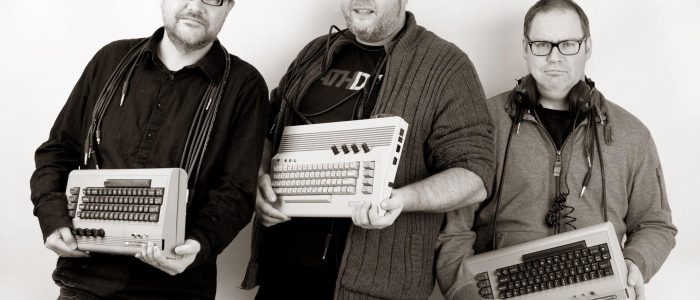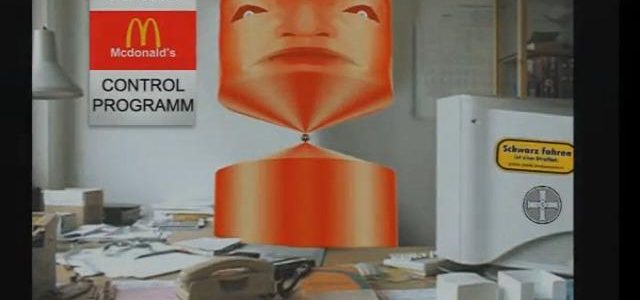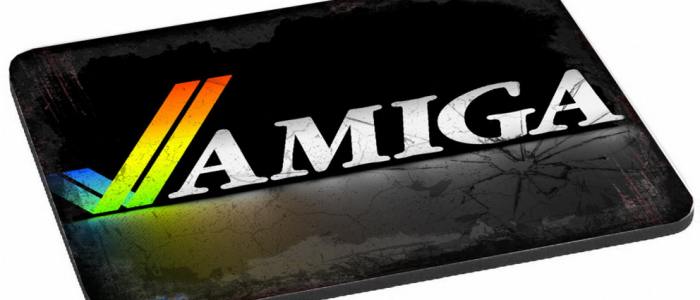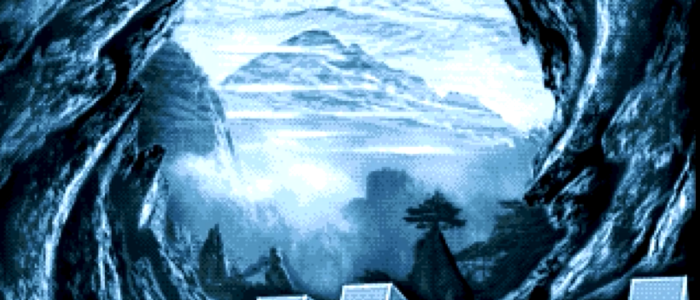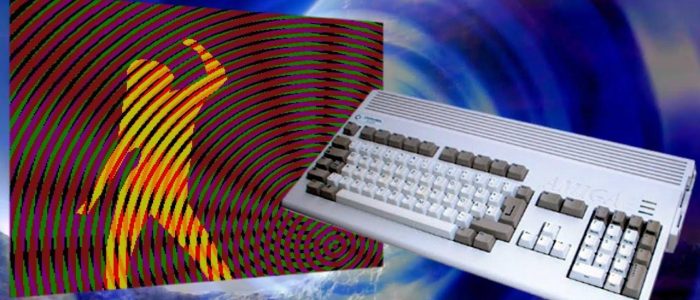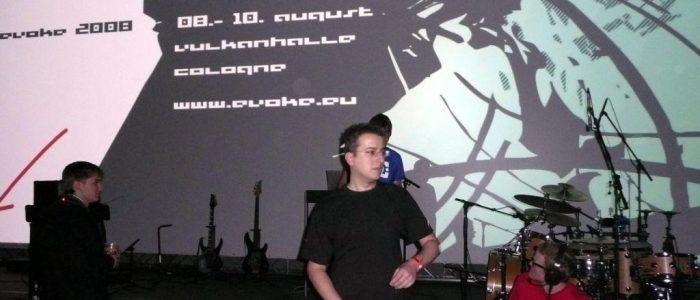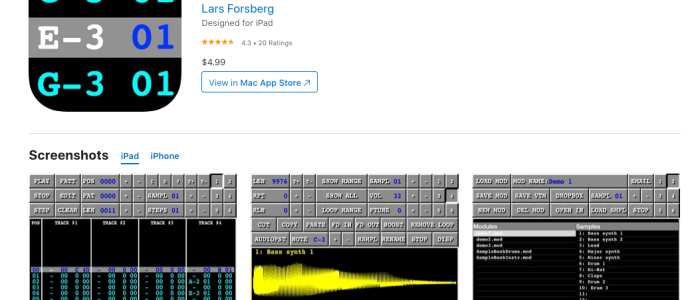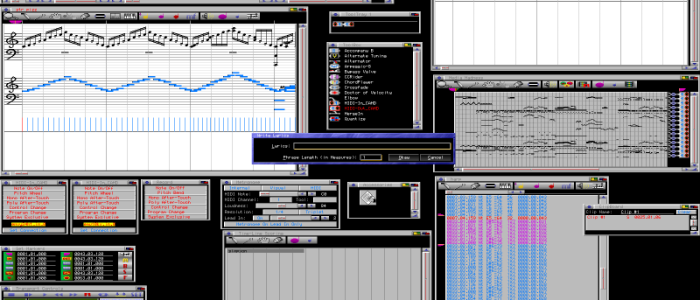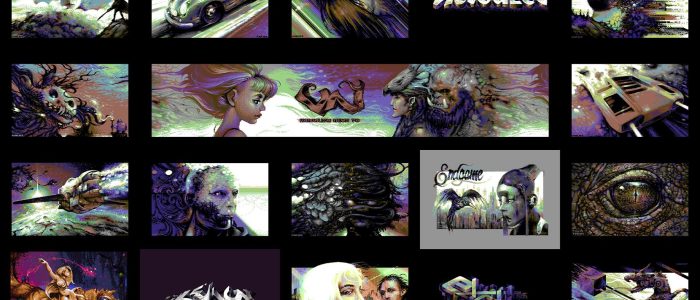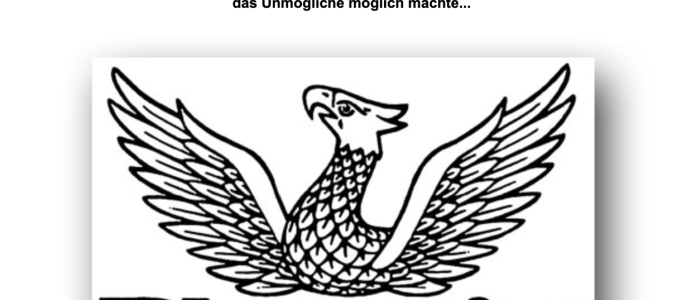In the last half of the 1990's, let's say from 1997 and on, way until the first years of the first decade of the new millennium, the Amiga Scene was ravaged by the upgrading madness.
How the upgrading madness (nearly) killed the Scene
Written by Sane
In the last half of the 1990’s, let’s say from 1997 and on, way until the first years of the first decade of the new millennium, the Amiga Scene was ravaged by the upgrading madness. A lot of Sceners became addicted to expanding and upgrading their Amiga’s. And it nearly killed the Scene. It was a tragedy comparable to the covid-19 pandemic we have been facing in the real world for the past 2 years. Just like today, many things we first took for granted were spoiled by the constant need, the craving, for upgraded Amiga’s. The upgrading madness changed the level playing field the Amiga Scene had always been (more or less) into a Scene for braggers, a Scene for the rich and a Scene for the spoiled.
In Jurassic Pack issue 8 which was released in 2001, then famous writer RoKdaZone said in an interview: „As much as I know it (ed: the Amiga Scene) has grown very, very small, which means that it lost a lot of potential. To me the Amiga Scene is the last demoscene that deserves its name, but with its try to compete with the PC, it turned into a pitiful state. Things are over …“
And about demos he said: „The last ones that I have seen are those from Symposium99 and plainly I didn’t like them too much. …. Booooring. I don’t expect the style of demos to change so much. Always better looks but less individuality. No big surprises anymore.“
In an interview for Devotion issue 2 (also released in 2001) Wade asked me why I had left the Scene in 1999 and I replied: „The thing which eventually made me leave the Scene though was the upgrading madness … The one thing Amigians had always hated and which I loved so much about our Scene was the fact we tried NOT to upgrade. That was what we hated about the PC Scene, remember? When, at some point, I couldn’t even run simple magazines on my standard A1200 (I REFUSE to upgrade) I thought it was time to fade away.“
What I mentioned in that last line of the paragraph above should be enough to make you cringe and if it does not, you should read that line again. And again. And again. And again. Until it makes you cringe. At some point simple magazines needed fastram. That is crazy! A magazine essentially is an engine that shows some graphics and a bunch of ascii-textfiles in a somewhat stylish way, while the reader can listen to some nice relaxing music. I would say a magazine should not even need the AGA chip, but it certainly does NOT need fastram. What went wrong in the heads of the coders of magazine engines back in those days? And why didn’t maineditors correct them? They should have been slapped and kicked around until they finally would have come to their senses, until they had built magengines that ran on proper, unexpanded Amiga’s.
In 1999 the Amiga Scene even lost its most popular magazine of that period in time almost solely because of the upgrading virus that infested the Scene back in those days. The main people behind the Scoopex magazine Seenpoint (Fishwave, Wade and yours truly) decided to carry the beloved magazine to her grave. The beforementioned editor team did that because they had lost contact with the Amiga Scene. The reason for losing that contact was the upgrading lunacy, the virus that infected so many Sceners and therefore the Scene as a whole.
In the accompanying text Fishwave wrote when he released the files of what would and should have been Seenpoint 10 (the breathtaking title picture by Titan and the excellent tune by Racoon) in March 2000, he basically said it all: „Besides those real life elements we must admit that the Scene in general has changed a lot, changed to the worse from our very personal point view. The most important thing, from my personal point of view, is that our hardware is not capable of running the latest demos. I would have loved to check them all out and by this stay up to date informed. But you need more memory, a FPU or a better processor. Certainly there are many demos that would run on a 68030, but when I cannot see TBL’s Rain because I do not have the memory, there is no point in watching any demos. You cannot run a mag when you know only half of what is happening in the Scene.“
So there you have it. The Amiga Scene lost the last truly great magazine that was still being alive and released after RAW, ROM and Upstream had hit the bucket. And although most Sceners may rightfully claim demos are the vital part of a Scene, we all know magazines have always been the backbone of the Amiga Scene. Magazines are the cement that kept the Scene together. I dare to claim a Scene cannot exist without a (few) good magazine(s).
And as if losing the last popular magazine (i.e. Seenpoint) was not already enough, the upgrading madness caused many more Sceners to lose interest in the Amiga Scene. They lost interest because they just did not care about coders showing their ’skills‘ by coding demos that required expanded machines to run on. Or they just could not cope anymore. The Sceners who dropped out could not or would not upgrade. Because they did not care, because they did not have the money to do that or because they just found it too much hassle to do just that. The Scene lost a valuable part of its spectators because of this. And that made the Scene smaller and smaller with every month that passed. Until the Scene almost faded out. Until it was only a weak resemblance of what it once was.
A Scene thrives best in a limited environment. That is why the PC Scene never took off. And that is why the C64 Scene is still thriving. Human beings have the habit of always wanting to get the best results out of themselves and out of their equipment. In a level playing field, an area where the boundaries are fixed and where conditions do not change all the time, this is done best.
I quoted Paradroid in an another article I wrote for this issue of Jurassic Pack: „It is a nice distraction to play with hardware that I know isn’t going to change, and really try to push it as far as it can go without any compromising, and then some more.“ Hardware that isn’t going to change … Virgill said: „Limitation gives me creativity.“ Limitation … Reed said: „Well, I guess I enjoy seeing records being broken and people achieving new levels in their creative output, whatever their specialty is.“ Records being broken …
Wiklund said: „I would say it is the idea of pushing yourself artistically with the limitations of the computers.“ Limitations … I can go on and on, but the common thread is that all artistic Sceners claim the same: limitation boosts creativity. And you know what the opposite of limitation is, right? The opposite of limitation is unlimited. So, unlimited expansion kills a Scene. And limitless expansion drift (nearly) killed the Amiga Scene in the end.

Luckily, we -the Amiga Sceners- seem to have learned from the mistakes we have made in the past. Almost 10 years ago Amiga legends like Dan, Paradroid and Facet of Lemon. returned to the Amiga Scene and chose to make OCS productions again. They did not choose to make AGA productions and they surely did not choose to create productions that could only be ran on expanded AGA Amiga’s. They enjoyed the limited environment of the original Chipset of the Amiga. Lemon released (among others) productions like Rink a Dink: redux (2013), 120 hours (2016), Blast from the Past! (2017), The Fall (2018), De Profundis (2019) & Colombia (2020). And Lemon. took The Deadliners and Oxygene with them in that quest. And there were a lot more Amiga groups that embraced the limits of the original chipset.
To name but a few: Spaceballs (with the cool 3D-glasses demo Peek in 2018), Dekadence (for example with their 64k production Imacennial in 2018), Loonies (with the cool 64k collaboration with Logicoma called Way too rude in 2020), Offence (with their more than excellent demo Chillobits in 2020 and Morphine in 2021) and even more recently: Melon Dezign (Fisherhawk dr. in 2021) & Andromeda (Rule 30 in 2021). They all returned to the roots of the Amiga Scene. They returned to their own roots. these groups returned to OCS. The circle was completed. The Amiga Scene was salvaged from the expansion drift.
Can we conclude all ended well? Can we claim that the expansion craze eventually ceased to exist and can we say things returned back to how it should be? Back to normal? On the one hand: no. No, because things could have been better. Seenpoint could still have been alive in 22022, the same goes for Devotion. And a lot of Sceners who fled the Scene in the late nineties and early 2000s have never returned to the Scene. Compare that to the C64 Scene for example. On the other hand: yes. A big fat YES!
Yes, because who in the late nineties and early 2000s would have thought that decades later legends would have returned to the Amiga Scene? And who would have believed you would be reading the words you have just read in Jurassic Pack issue 19 (!), released in 2022? And who in their right mind would have guessed in the early 2000s the Amiga Scene would not only be alive two decades later, but had also returned to its roots?
Written by Sane a.k.a. sAner


